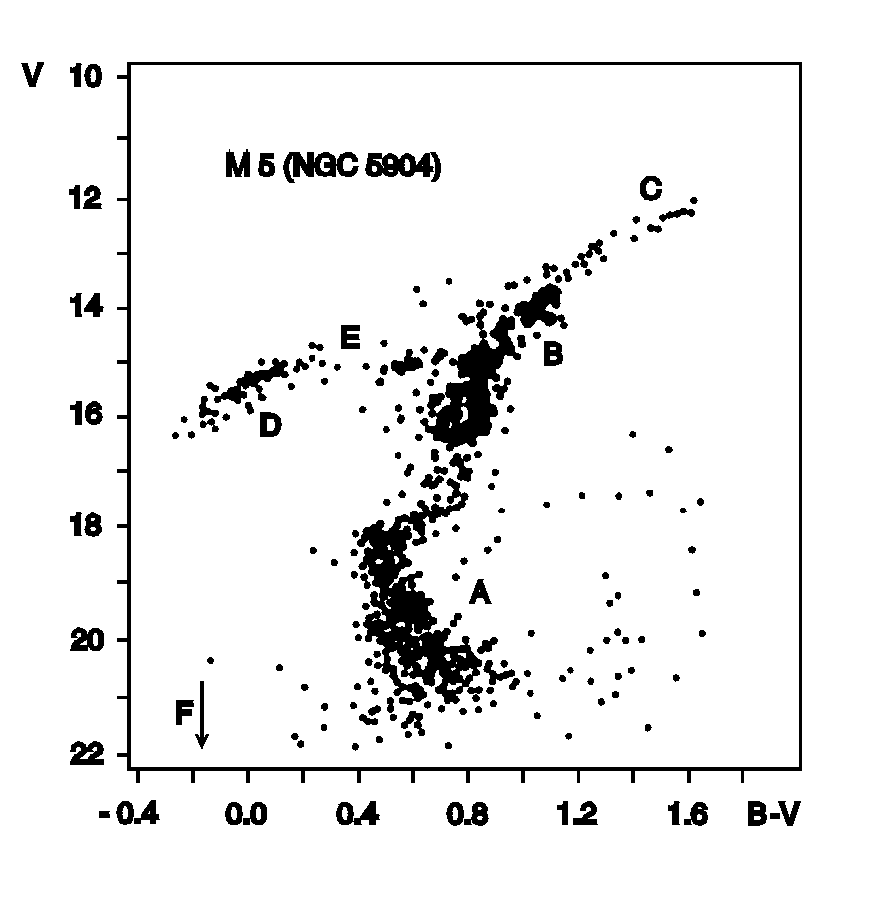Globular clusters are found in the part of the galaxy with hot, ionized gas, known as the halo. What makes globular clusters interesting is the sheer amount of stars (10,000+), all of which are about the same age and all located within a fairly condensed region of space. The stars range from variable, white dwarfs, neutron stars, pulsars, etc. though most are variable. Generally, the stars in globular clusters are not giants or supergiants due to their age (giants and supergiants have fairly short lifespans, as far as stars go). This also explains the presence of neutron stars in globular clusters, indicating that perhaps at one time, giants or supergiants did exist in the clusters but died out (this is just my guess). Most of the stars in the cluster are comprised of mainly hydrogen and helium, which is also a clue to indicate the star's age (the older a star is, it will have a great composition of hydrogen and helium, as opposed to a younger star which will be composed of a greater diversity of elements).
(H-R diagram for the globular cluster M5. Notice the values for the luminosity and B-V, putting these stars well out of the main sequence range. Photo source)
Additionally, all globular clusters are of about the same age and tend to contain about the same amount of stars. It is thought that globular clusters have survived early galaxy collisions due to their high gravitational attraction, disallowing for the stars to be destroyed by the changing gravitational forces that occur during galaxy collision. This means that while other stars and star clusters were being destroyed because they couldn't handle the changing gravitational forces, globular clusters were able to survive because their collective gravitational force with one another left them relatively unaffected by the changing conditions.
Globular clusters are great for astronomers to study because of their age and number of stars present. It helps give an idea about how stars evolve and also tells us what stars were like in the early universe, as well as giving us and indication about the age of the universe itself. Additionally, some globular clusters may contain black holes; these black holes give us information about all sorts of things, including star and galaxy formation, as well as black hole formation (whether they are formed all at once, or slowly over time). Also, since globular clusters are so old, this indicates that the black holes are rather ancient as well.
Globular clusters are a fascinating and important part of our universe and we are lucky to have them around!


No comments:
Post a Comment